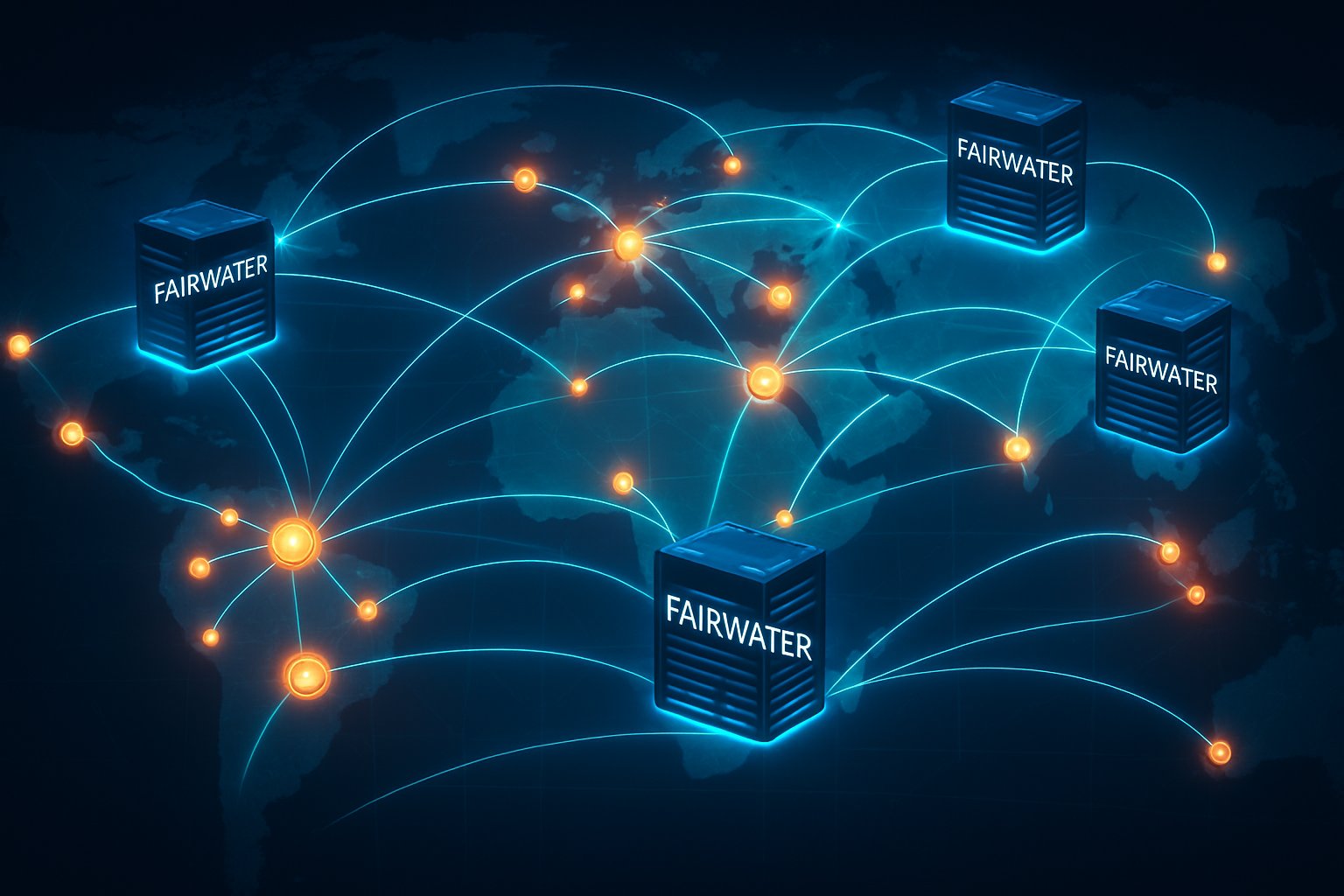
AI CERTS
6 hours ago
Microsoft’s AI infrastructure superfactory reshapes datacenters
Consequently, readers can benchmark their own roadmaps against Microsoft's aggressive trajectory. Meanwhile, certification pathways can sharpen individual readiness for emerging roles. Professionals may start with the linked AI architect credential highlighted later. Therefore, understanding the superfactory's technical fabric and market impact becomes essential for strategic planning. Let us dive deeper. Subsequently, we will outline future milestones that warrant close monitoring. These milestones include international expansions and independent benchmark releases.
Superfactory Vision Explained Clearly
Microsoft describes the project as one coherent compute fabric powered by advanced AI infrastructure across sites. Alistair Speirs states the superfactory runs complex jobs on millions of components. Furthermore, the concept extends distributed datacenter architecture beyond traditional replication toward synchronous operation. The Fairwater family aims to treat distance as a software variable rather than a physical barrier.

Moreover, custom orchestration software allocates GPUs dynamically, enabling fungible fleet utilization. Consequently, workloads from partners like OpenAI scale without manual placement. These design choices define the second appearance of our primary AI infrastructure focus.
The vision promises unprecedented flexibility. Nevertheless, real-world latency and jitter will test Microsoft's claims. These points underscore why architecture choices matter. Therefore, the next section inspects hardware foundations.
Inside Fairwater Design Details
Each Fairwater family site stacks two-story halls packed with NVL72 racks. Inside, NVIDIA Blackwell GPUs form dense GPU clustering pods interconnected by NVLink. Additionally, racks reach roughly 140 kW while rows approach 1,360 kW.
However, power density alone cannot yield efficiency without liquid cooling loops. Microsoft employs closed-loop liquid cooling to remove heat while minimizing water draw after filling. In contrast, earlier air-cooled systems consumed more energy per token.
Consequently, the hardware blueprint offers the third and fourth mentions of AI infrastructure within our exploration. These specifications set capacity expectations. Yet, connectivity remains equally critical. Thus, we move to the network layer.
AI WAN Connects Sites
The dedicated AI WAN stretches more than 120,000 new fiber miles across America. Moreover, Microsoft created an MRC protocol for low-congestion, multipath routing. Therefore, GPU clustering can span Wisconsin and Georgia without saturating public backbones.
Subsequently, optical links maintain sub-millisecond jitter budgets required for gradient synchronization. This capability allows distributed datacenter architecture to feel single-site to training software. Fairwater family operators report site boundaries dissolve during large jobs.
Nevertheless, speed-of-light delay still imposes limits. Independent benchmarks will verify Microsoft’s fifth AI infrastructure claim. These connectivity insights complete our look at networking. Next, power economics demand scrutiny.
Power And Cooling Economics
Running hundreds of thousands of GPUs consumes gigawatts. Consequently, Microsoft signed massive renewable power purchase agreements while adding local firming capacity. Furthermore, closed-loop liquid cooling reduces ongoing water withdrawals, easing community concerns.
However, critics warn regional grids may face reliability stress during peak demand. In contrast, Microsoft argues fungible fleet scheduling can shift workloads across regions to flatten peaks.
Key cost and efficiency snapshots:
- Rack density: 140 kW per rack, 1,360 kW per row.
- Fiber build-out: 120,000+ new miles for the AI WAN.
- FY2025 capex: US$80 billion for AI infrastructure expansion.
These statistics reinforce the sixth appearance of our primary keyword. Efficient energy use will determine long-term margins. Accordingly, market forces shape competitive pressures, explored next.
Market And Competitive Context
MarketsandMarkets estimates the global AI infrastructure market will reach US$182 billion in 2025. Moreover, hyperscalers like Google, AWS, and Meta race to deploy comparable distributed datacenter architecture.
Nevertheless, Microsoft’s early Fairwater family rollout deepens its moat with OpenAI, Mistral, and xAI workloads. Additionally, GPU clustering expertise and liquid cooling know-how raise barriers for entrants.
Consequently, analysts debate whether concentration necessitates policy oversight. Our seventh AI infrastructure reference underscores strategic positioning. These dynamics introduce operational risks, addressed next.
Operational Risks Ahead Now
Synchronous training across hundreds of miles introduces reliability challenges. Furthermore, packet loss or fiber cuts can stall multimillion-dollar jobs. Therefore, Microsoft embedded high-telemetry controls for early fault detection.
Nevertheless, verification gaps persist. Independent audits must test claimed “10× supercomputer” performance and energy tokens per watt. Additionally, community groups seek transparency on grid impacts despite closed-loop liquid cooling improvements.
These concerns shape our eighth AI infrastructure mention. Addressing them will influence stakeholder trust. Meanwhile, professionals require new skills, covered next.
Skills And Next Steps
Building and operating planet-scale AI infrastructure demands cross-disciplinary expertise. Moreover, architects need networking, thermal, and distributed datacenter architecture knowledge. Professionals can enhance their expertise with the AI Architect certification.
Additionally, teams must master GPU clustering orchestration and liquid cooling maintenance. Consequently, organisations are updating competency frameworks to include Fairwater family design principles.
This section marks the ninth use of our primary keyword. Skill development closes technical gaps. Finally, we summarise core insights and call readers to action.
Section Takeaway: Skills keep pace with infrastructure complexity. However, proactive learning ensures readiness for upcoming deployments.



